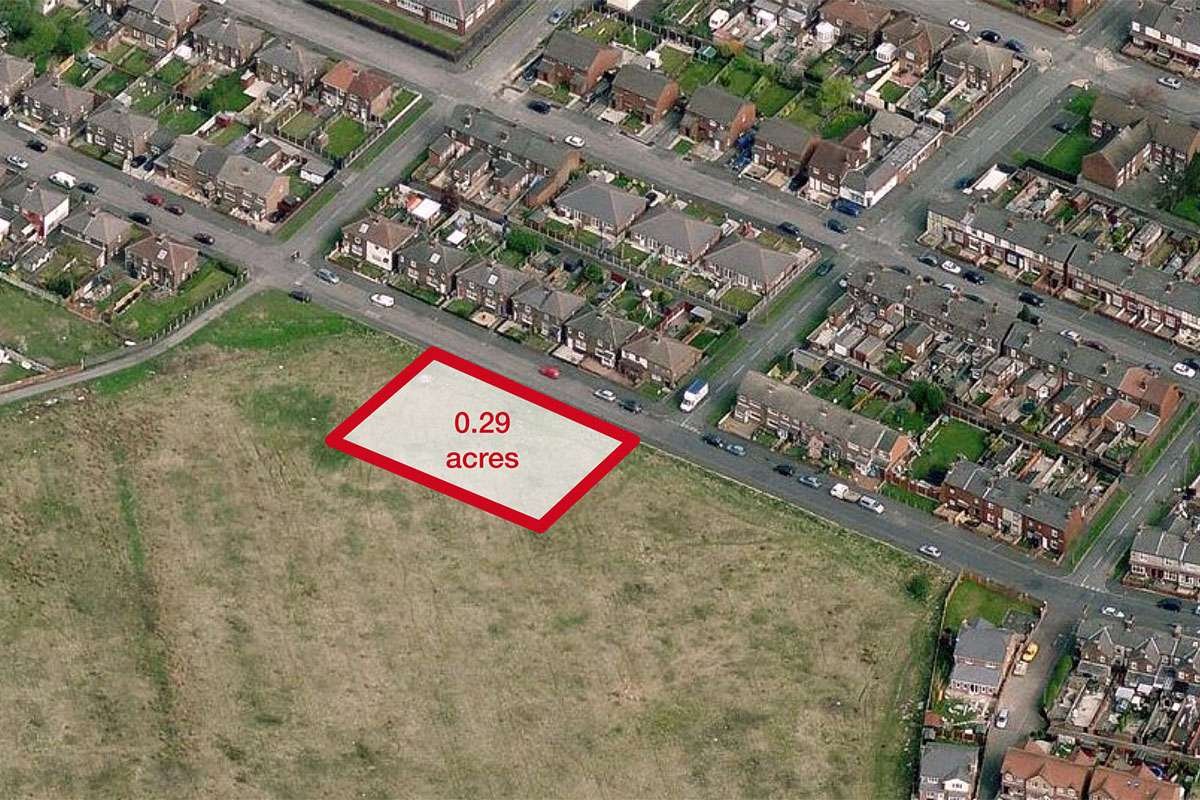
Find a Land For Sale In Texas Doesn’t Have To Be Hard
Land For Sale In Texas Doesn’t Have To Be Hard, from rolling plains to lush forests, rugged mountains to expansive deserts. With such a varied terrain, it’s no wonder that Texas is a hotspot for land buyers. Whether you’re looking for a piece of land to build your dream home, start a business, or invest in real estate, finding land for sale in Texas can be an exciting but challenging endeavor. However, this process doesn’t have to be hard. In this comprehensive guide, we will explore various aspects of buying land in Texas, including tips, resources, and essential considerations that can simplify your land search and purchase.
Chapter 1: Understanding the Texas Land Market
1.1. The Appeal of Texas Land
- Texas’s diverse geography
- A booming economy and job opportunities
- Lower cost of living
1.2. Types of Land Available in Texas
- Residential land
- Commercial land
- Agricultural land
- Recreational land
Chapter 2: Setting Your Land Buying Goals
2.1. Defining Your Purpose
- Personal use
- Investment
- Business development
2.2. Establishing Your Budget
- Factors influencing land prices
- Financing options
Chapter 3: Researching the Texas Real Estate Market
3.1. Online Resources
- Real estate websites
- GIS mapping tools
- County appraisal district websites
3.2. Local Real Estate Agents
- Benefits of working with a local expert
- Finding the right real estate agent
Chapter 4: Navigating the Legal Landscape
4.1. Zoning and Land Use Regulations
- Understanding zoning codes
- Impact on land use and development
4.2. Environmental Considerations
- Water rights and usage
- Protected lands and conservation easements
4.3. Property Surveys and Boundaries
- Importance of land surveys
- Resolving boundary disputes
Chapter 5: Assessing Infrastructure and Utilities
5.1. Access and Transportation
- Road access
- Proximity to highways and airports
5.2. Utilities
- Availability of water and sewage
- Electricity and gas connections
Chapter 6: Evaluating Land Features and Conditions
6.1. Topography and Soil Quality
- Impact on construction and agriculture
6.2. Flood Zones and Natural Hazards
- Floodplain mapping
- Texas’s vulnerability to natural disasters
Chapter 7: The Buying Process
7.1. Making an Offer
- Negotiating the price
- Contingencies and due diligence
7.2. Title Searches and Insurance
- Ensuring a clean title
- Protecting your investment with title insurance
Chapter 8: Financing Your Land Purchase
8.1. Mortgage Loans
- Types of land loans
- Eligibility criteria
8.2. Other Financing Options
- Owner financing
- Land grants and subsidies
Chapter 9: Closing the Deal
9.1. Closing Costs
- Understanding closing costs
- Budgeting for additional expenses
9.2. Legal Requirements and Documentation
- Signing the contract
- Recording the deed
Chapter 10: Land Maintenance and Development
10.1. Land Improvement Projects – Clearing and grading – Building infrastructure
10.2. Land Management – Conservation and sustainability practices – Tax implications of land use
Chapter 11: Ongoing Responsibilities
11.1. Property Taxes – Texas property tax system – Homestead exemptions
11.2. Landownership Rights and Responsibilities – Land use regulations – Community involvement
Conclusion
In conclusion, finding land for sale in Texas doesn’t have to be hard, but it does require careful planning, research, and consideration of various factors. By understanding the Texas land market, setting clear goals, conducting thorough research, and navigating the legal and financial aspects wisely, you can simplify the land buying process. Whether you’re a first-time land buyer or an experienced investor, this comprehensive guide serves as a valuable resource to help you make informed decisions and achieve your land ownership goals in the great state of Texas.

